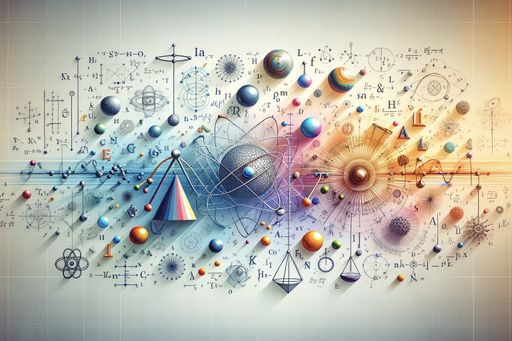Quantum Breakthrough: Caltech Scientists Unveil New Way To Erase Quantum Computer Errors
Researchers from Caltech have developed a quantum eraser to correct “erasure” errors in quantum computing systems. This technique, which involves manipulating alkaline-earth neutral atoms in laser light “tweezers,” allows for the detection and correction of errors through fluorescence. The innovation leads to a tenfold improvement in entanglement rates in Rydberg neutral atom systems, representing a crucial step forward in making quantum computers more reliable and scalable.

Researchers Successfully Demonstrate Identification and Removal of Quantum Computing Errors
Future quantum computers are expected to revolutionize problem-solving in various fields, such as creating sustainable materials, developing new medications, and unraveling complex issues in fundamental physics. However, these pioneering quantum systems are currently more error-prone than the classical computers we use today. Wouldn’t it be nice if researchers could just take out a special quantum eraser and get rid of the mistakes?
Reporting in the journal Nature, a group of researchers led by Caltech is among the first to demonstrate a type of quantum eraser. The physicists show that they can pinpoint and correct for mistakes in quantum computing systems known as “erasure” errors.
“It’s normally very hard to detect errors in quantum computers, because just the act of looking for errors causes more to occur,” says Adam Shaw, co-lead author of the new study and a graduate student in the laboratory of Manuel Endres, a professor of physics at Caltech. “But we show that with some careful control, we can precisely locate and erase certain errors without consequence, which is where the name erasure comes from.”
The Mechanics of Quantum Computing
Quantum computers are based on the laws of physics that govern the subatomic realm, such as entanglement, a phenomenon in which particles remain connected to and mimic each other without being in direct contact. In the new study, the researchers focused on a type of quantum-computing platform that uses arrays of neutral atoms, or atoms without a charge. Specifically, they manipulated individual alkaline-earth neutral atoms confined inside “tweezers” made of laser light. The atoms were excited to high-energy states—or “Rydberg” states—in which neighboring atoms start interacting.
Entanglement is what allows quantum computers to outperform classical computers. “However, nature doesn’t like to remain in these quantum entangled states,” Scholl explains. “Eventually, an error happens, which breaks the entire quantum state. These entangled states can be thought of as baskets full of apples, where the atoms are the apples. With time, some apples will start to rot, and if these apples are not removed from the basket and replaced by fresh ones, all the apples will rapidly become rotten. It is not clear how to fully prevent these errors from happening, so the only viable option nowadays is to detect and correct them.”
Innovations in Error Detection and Correction
The new error-catching system is designed in such a way that erroneous atoms fluoresce, or light up, when hit with a laser. “We have images of the glowing atoms that tell us where the errors are, so we can either leave them out of the final statistics or apply additional laser pulses to actively correct them,” Scholl says.
By removing and locating errors in their Rydberg atom system, the Caltech team says that they can improve the overall rate of entanglement, or fidelity. In the new study, the team reports that only one in 1,000 pairs of atoms failed to become entangled. That’s a factor-of-10 improvement over what was achieved previously and is the highest-ever observed entanglement rate in this type of system.
Ultimately, these results bode well for quantum computing platforms that use Rydberg neutral atom arrays. “Neutral atoms are the most scalable type of quantum computer, but they didn’t have high-entanglement fidelities until now,” says Shaw.



